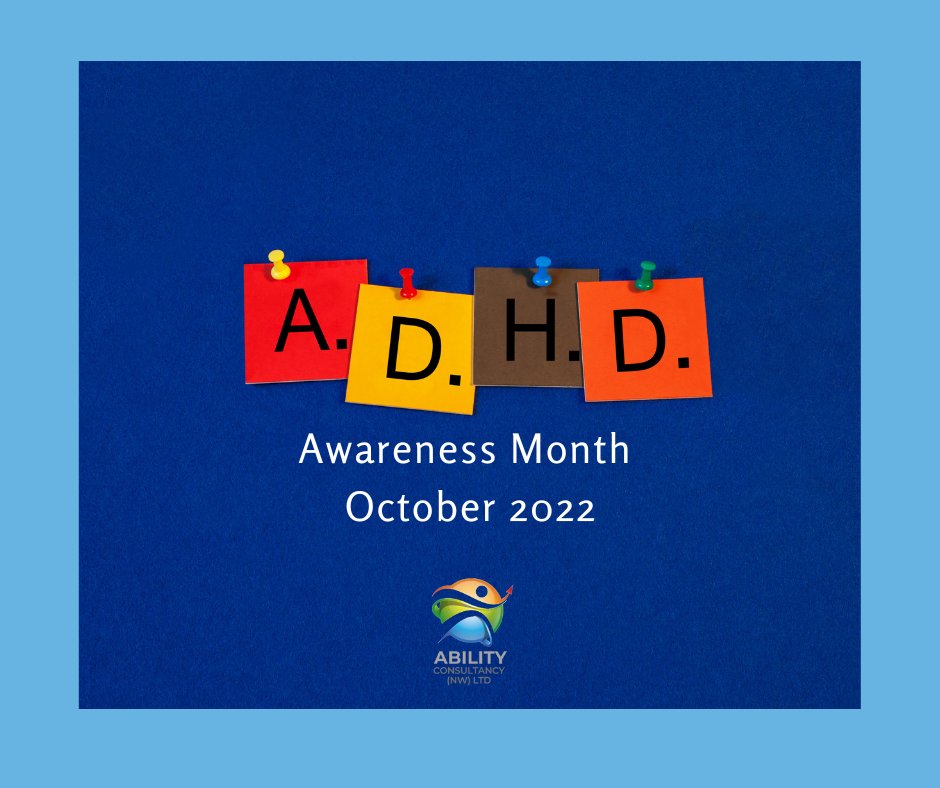Attention Deficit Hyperactivity Disorder (ADHD) is often misunderstood as a hindrance to creativity. However, many individuals with ADHD possess remarkable creative talents. Harnessing these talents can be challenging but immensely rewarding. This article explores techniques and strategies to help individuals with ADHD leverage their unique cognitive style to foster artistic growth. By understanding treatment ADHD and implementing tailored approaches, individuals can unlock their full creative potential.
Understanding ADHD and Creativity
ADHD is a neurodevelopmental disorder characterized by difficulties with attention, hyperactivity, and impulsivity. However, individuals with ADHD often demonstrate exceptional creativity, characterized by divergent thinking, a tendency to make unconventional associations, and an ability to think outside the box. This creative flair is fueled by a hyperactive mind that constantly seeks stimulation and novelty.
The ADHD Brain: A Double-Edged Sword for Creativity:
The ADHD brain operates differently from neurotypical brains, with strengths and challenges that impact creativity. On one hand, the hyperactive mind of individuals with ADHD generates a constant stream of ideas, making them adept at generating novel concepts and solutions. On the other hand, difficulties with focus and organization can impede the execution of these ideas, leading to frustration and inconsistency in creative pursuits.
Techniques for Fostering Artistic Growth
Embrace Hyperfocus
Individuals with ADHD often experience hyperfocus, a state of intense concentration on a single task. While hyperfocus can be disruptive in daily life, it can be harnessed as a powerful tool for creative endeavors. Encourage setting aside dedicated time for creative projects, allowing for uninterrupted periods of hyperfocus to delve deeply into artistic pursuits.
Create a Stimulating Environment
ADHD brains thrive in dynamic and stimulating environments. Designate a creative space filled with inspiring visuals, music, and tactile objects to engage the senses and spark creativity. Experiment with different environments to find what works best for individual preferences.
Break Tasks into Manageable Steps
Break down creative projects into smaller, manageable tasks to mitigate overwhelm and improve focus. Utilize visual aids such as mind maps, checklists, or digital organization tools to provide structure and direction. Celebrate small victories along the way to maintain motivation and momentum.
Embrace Flexibility and Experimentation
Encourage a flexible approach to creativity, allowing room for experimentation and spontaneity. Embrace imperfection and view mistakes as valuable learning experiences rather than setbacks. Adopt a growth mindset that embraces the iterative nature of the creative process.
Incorporate Movement and Kinesthetic Activities
Physical movement can help individuals with ADHD regulate their energy levels and maintain focus. Incorporate kinesthetic activities such as doodling, pacing, or engaging in rhythmic exercises to stimulate the mind and promote concentration. Experiment with incorporating movement into the creative process, such as brainstorming ideas while taking a walk or sketching while standing.
Practice Mindfulness and Self-Regulation Techniques
Mindfulness practices such as meditation, deep breathing, and progressive muscle relaxation can help individuals with ADHD cultivate greater self-awareness and emotional regulation. Incorporate mindfulness exercises into daily routines to reduce impulsivity, enhance attentional control, and cultivate a sense of calm conducive to creativity.
Seek Support and Accountability
Build a support network of peers, mentors, or therapists who understand involve ADHD and can provide encouragement, feedback, and accountability. Joining creative communities or support groups can foster a sense of belonging and provide valuable insights and resources for navigating the challenges of ADHD and creative pursuits.
Conclusion
ADHD presents unique challenges and strengths that profoundly influence the creative process. By embracing these differences and implementing tailored strategies, individuals with ADHD can harness their innate creativity and cultivate artistic growth. By fostering an environment that nurtures hyperfocus, embracing flexibility and experimentation, incorporating movement and mindfulness, and seeking support from peers and mentors, individuals with ADHD can unlock their full creative potential and thrive in their artistic endeavors. Remember, ADHD is not a limitation but a unique perspective that can fuel innovation and artistic expression.





